THE LEAFLET
In Response to Casey Trees’ 2022 Tree Report Card: Tree Protection
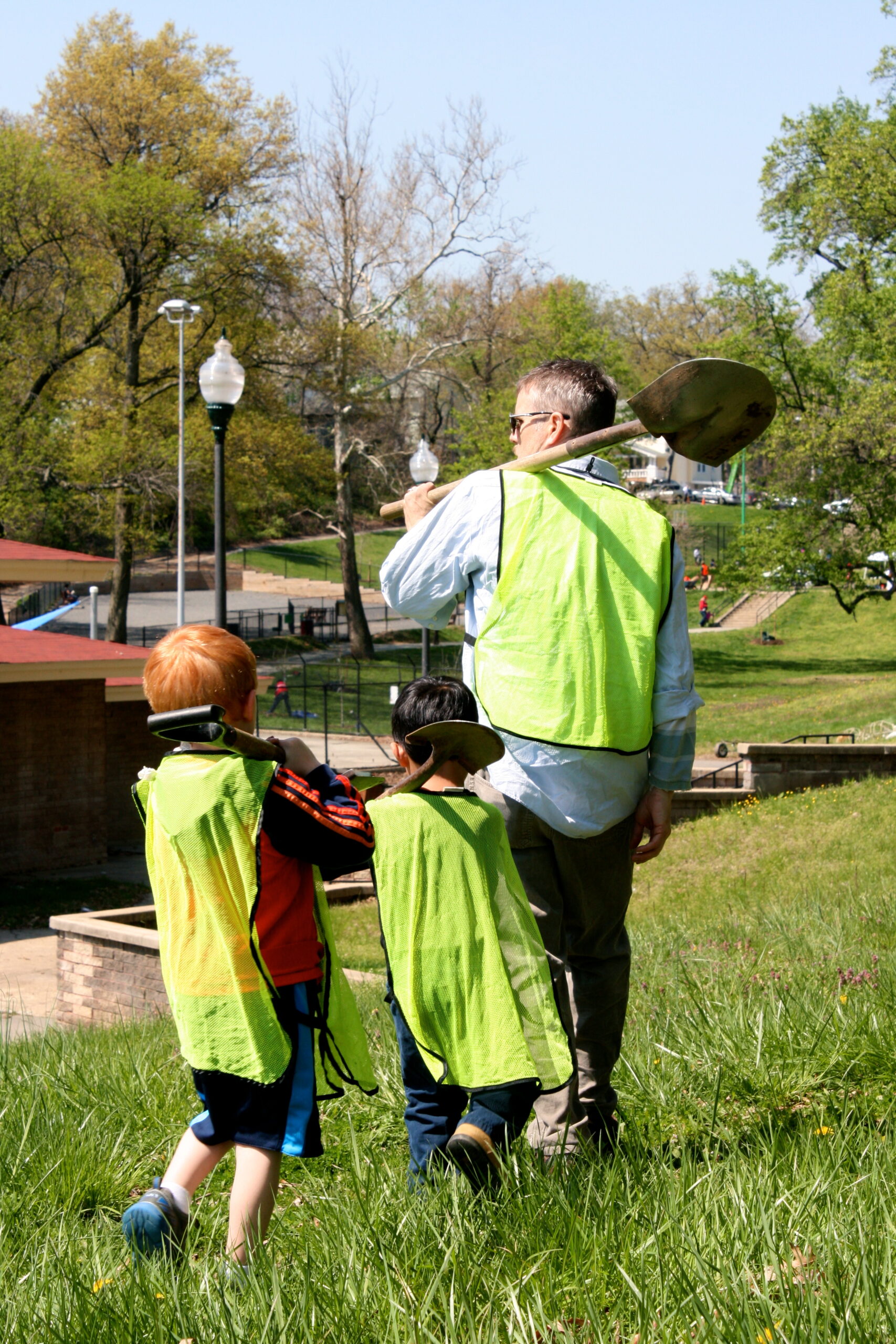

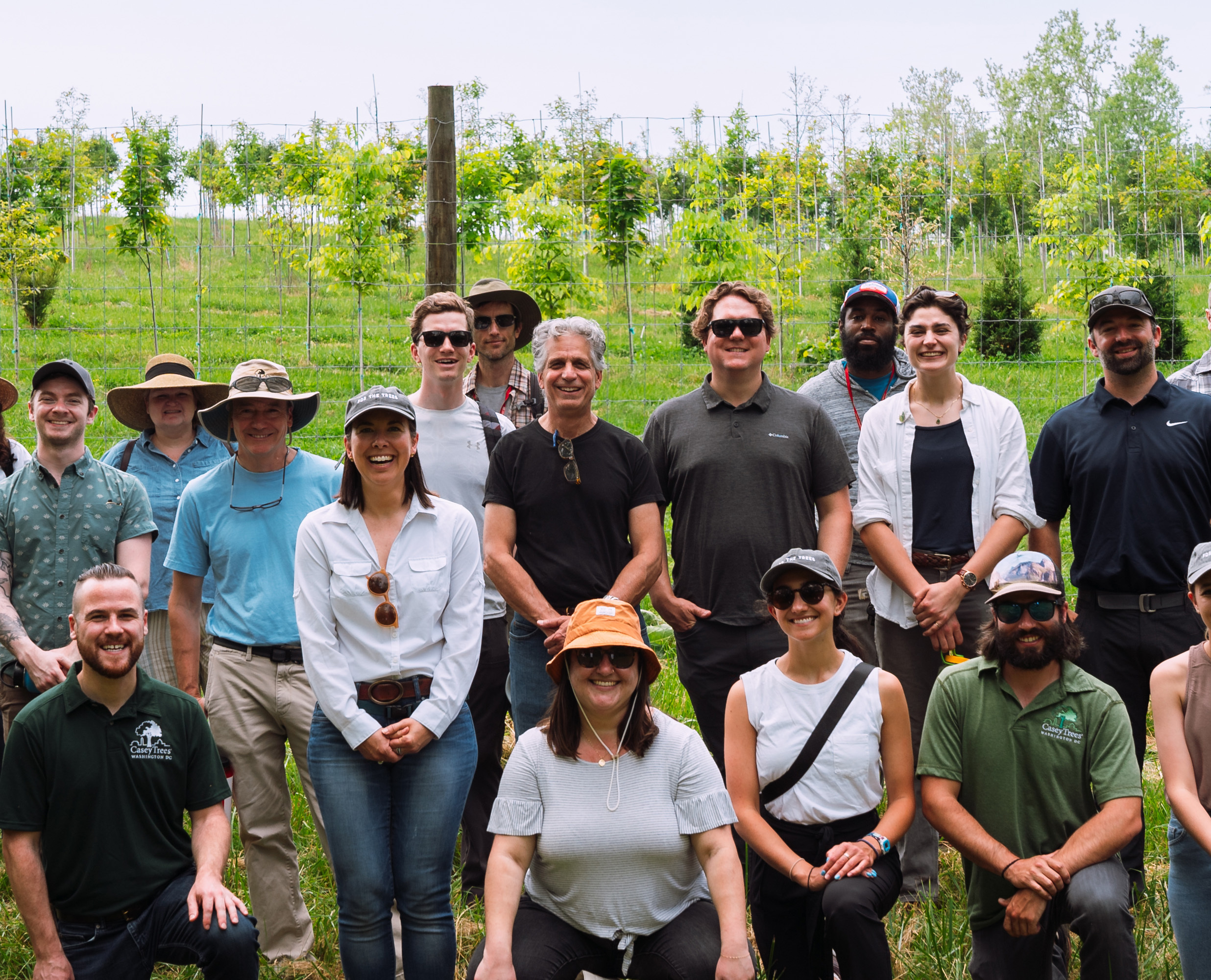
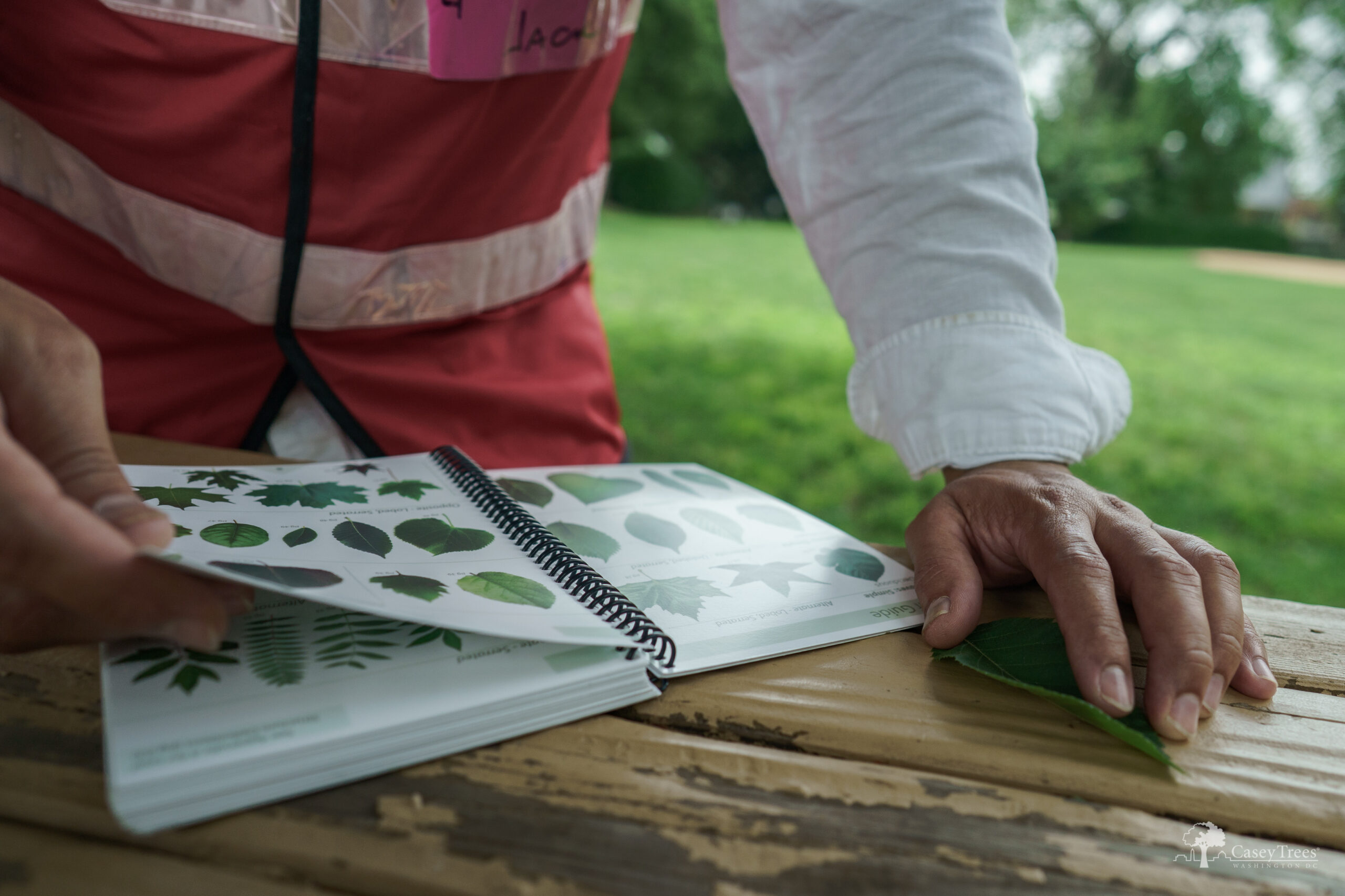
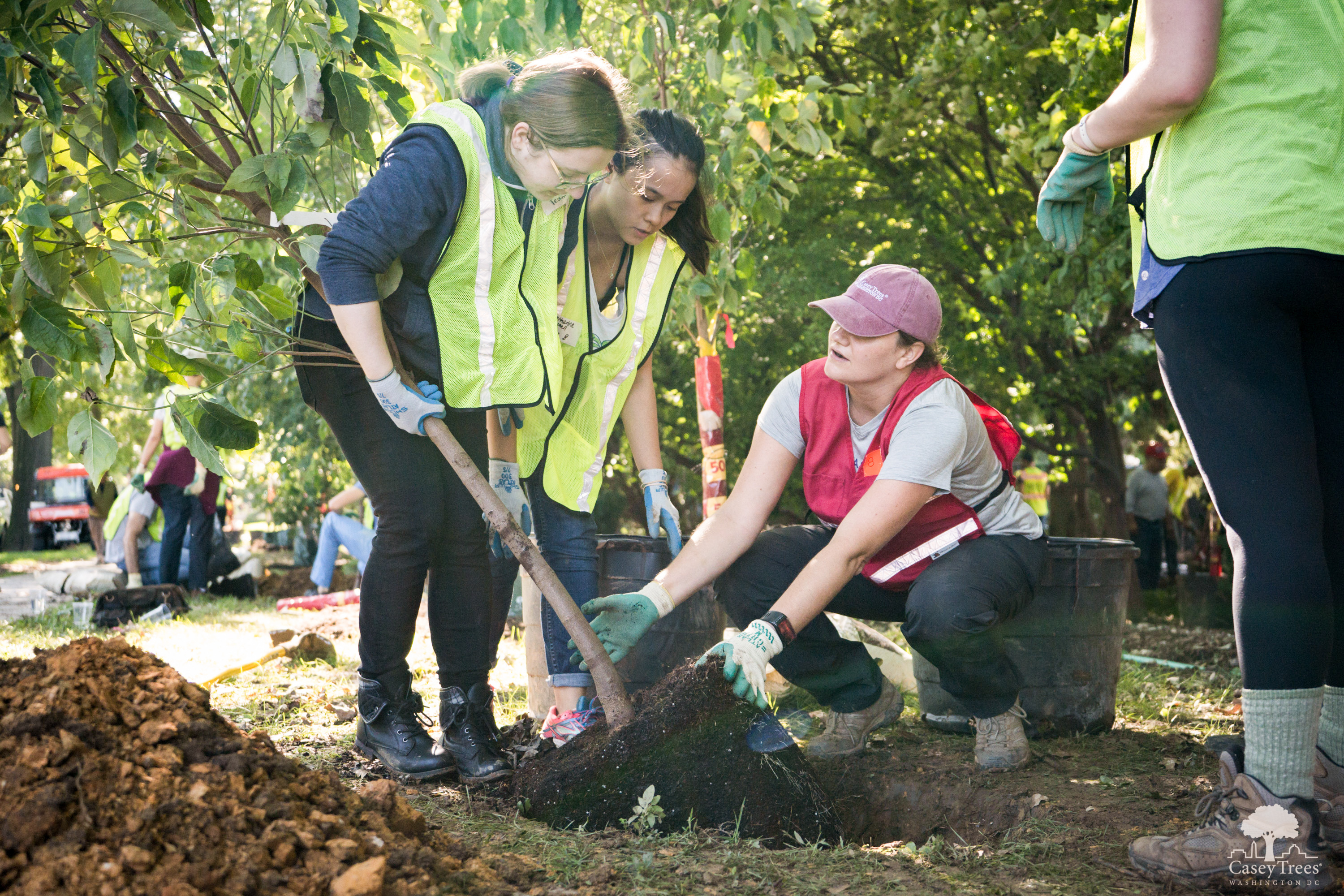
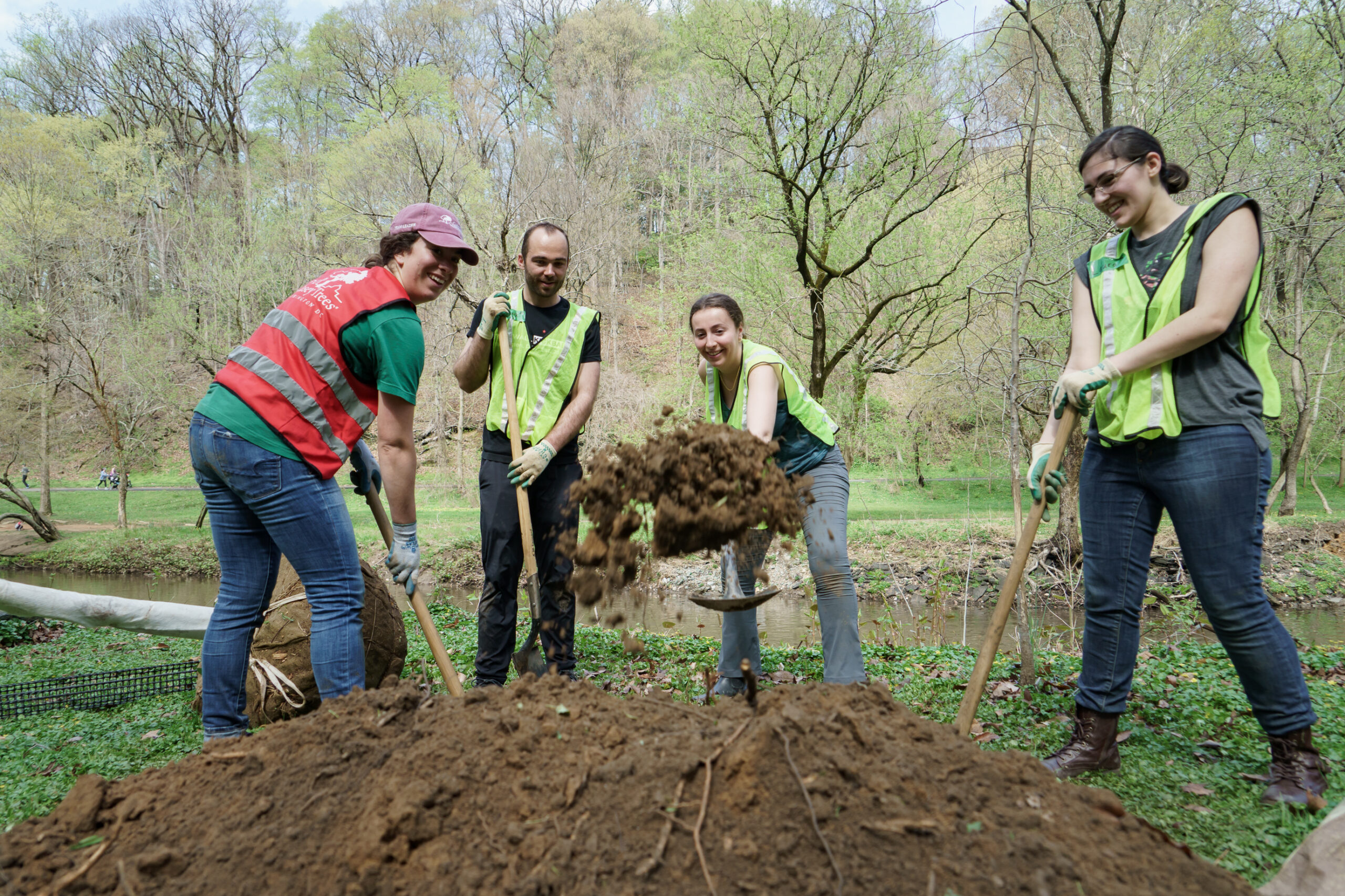

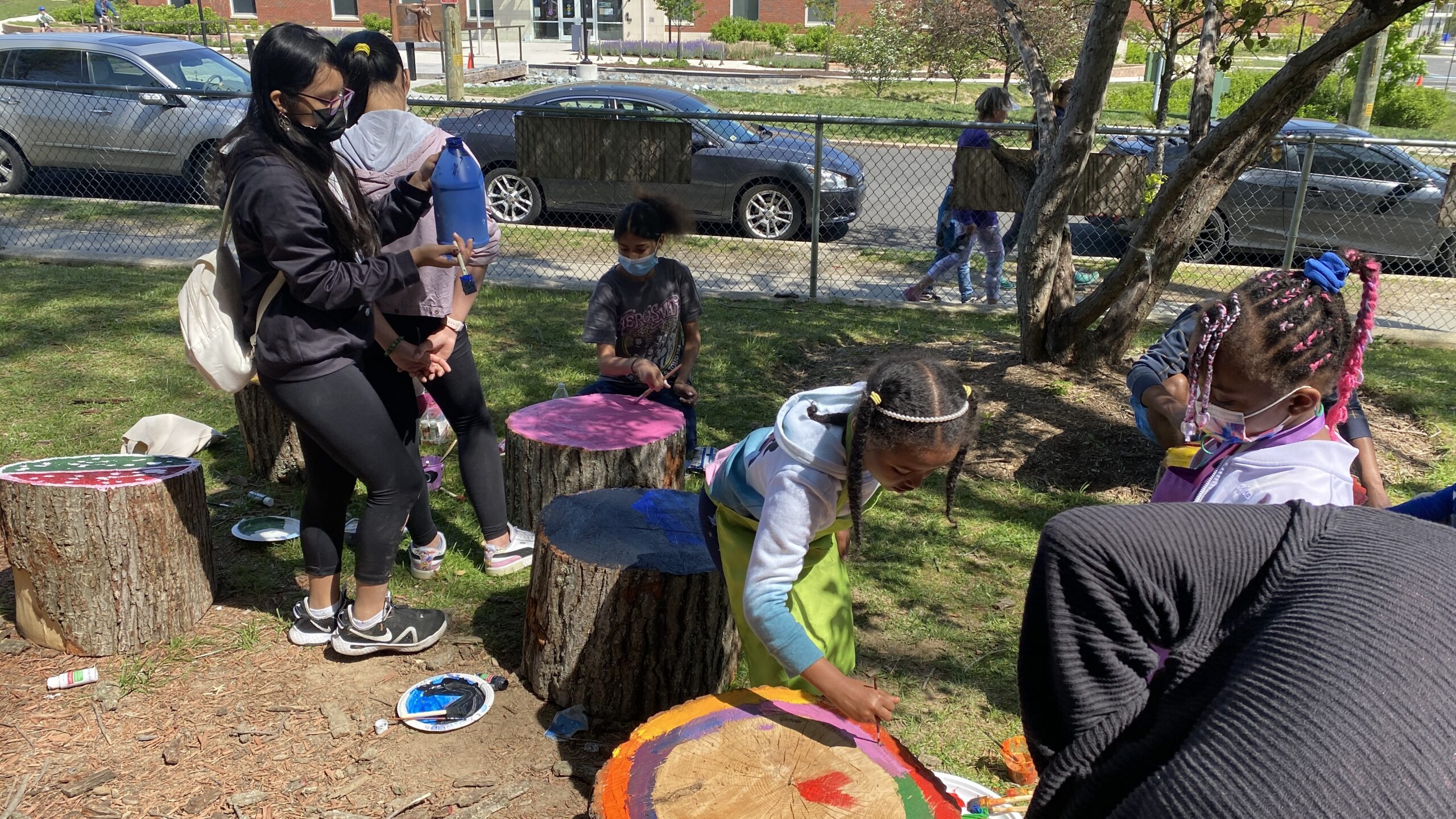
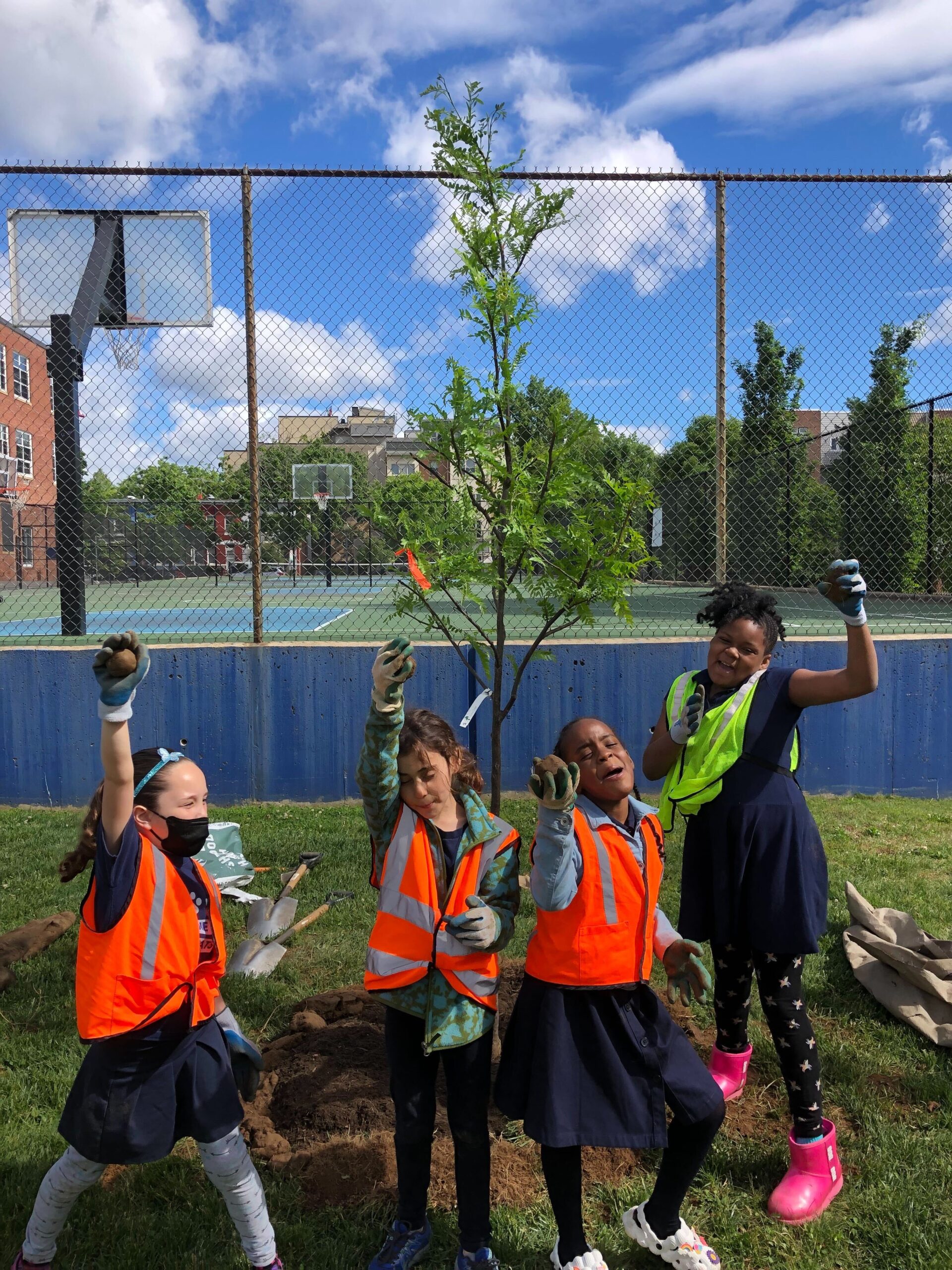
We’ve received several dozen inquiries since we launched our most recent Tree Report Card, mostly focused on the failing grade for Tree Protection. Given this, we thought we’d take a moment to add some detail for those who want to know more.
It is often assumed that the Tree Report Card, or TRC, is solely an assessment of the DC Government’s efforts at tree canopy preservation and expansion – it is not. While the DC Government is arguably the largest stakeholder in this effort, it is not alone. Trees grow on all land types, not just city property. The TRC is therefore a reflection on the City and the concert of stakeholders working to restore, enhance and protect DC’s canopy – including Casey Trees, District and Federal governments, large and small landholders alike, and yes, even individuals and community members. In short, the TRC shines a light on the efforts of everyone who cares about and is working to preserve and expand DC’s canopy.
While the Tree Protection grade underperformed this year, the other grades (Tree Coverage, Tree Health and Tree Planting) did quite well, resulting in an overall B grade – commendable to say the least. When one compares Washington DC to other cities of similar size and population it is undoubtedly a leader, due in no small part to the hard work of all the partners involved.
Regarding the Tree Protection grade specifically, it is comprised of four sub-metrics that DC’s tree protection laws try to address. Two elements passed and two failed. Of the two that failed, the city has the authority to: 1) adjust fees and fines to keep up with inflation, and 2) ensure that all fees and fines collected for tree removals are deposited into the Tree Fund. For three years the city has refused to adjust fees and fines for inflation, and fines collected for illegal tree removals have been diverted from the Tree Fund. These two sub-metric grades therefore represent a reasonable assessment of their performance.
Unfortunately, these shortfalls were painted by the media as catastrophic – they are not. In fact, they can be corrected easily. The main message for this year’s TRC therefore is simple: more work needs to be done, and all partners are ready and eager to do it.
Like many non-profits, Casey Trees straddles two roles. We advocate for stronger tree protections, monitor the canopy with District-generated data, and publish the TRC to ensure the public stays current on progress toward achieving DC’s canopy goal. But advocacy and communication are just a part of what Casey Trees does. We also plant thousands of trees every year, grow and supply trees for DC’s tree planting programs, sponsor the DC State Tree Nursery, train residents to care for trees in and around their neighborhoods, preserve lands to maintain environmental values and public space, and the list goes on.
Given the breath and depth of our work, Casey Trees’ staff interface with city staff daily. They are our partners, supporters and often our friends. All of us at Casey Trees value these partnerships and appreciate and honor the difficult work of all DC staff, be it with the Department of Energy and Environment, Urban Forestry Division, Department or Planning, Parks and Recreation, and others.
Ascribing a failing grade to any part of the TRC therefore is not something Casey Trees does lightly, we take no pleasure in it, and we are not blind to the impacts it can have on the partnerships that are essential to our work. But by any reasonable measure the TRC has been a successful tool. Since its launch in 2008 the TRC has led to increased tree planting, improved tree protections, heightened public awareness, and a host of other advancements, including passage of the Urban Forest Protection Amendment Act mentioned earlier. While the TRC is not, and never will be perfect – it is reasonable, functions well, and we stand by it.
Casey Trees thanks everyone involved, in particular our city partners and affiliated non-profits, in helping to restore, enhance, and protect the tree canopy of our Nation’s Capital. This task is not easily achieved, nor isolated to any one organization or individual. The more we work together to achieve it, the more successful we shall all be.
Mark Buscaino, Executive Director
Kelly Collins Choi, Director of Policy & Land Conservation
Andrew Schichtel, Chief Operating Officer